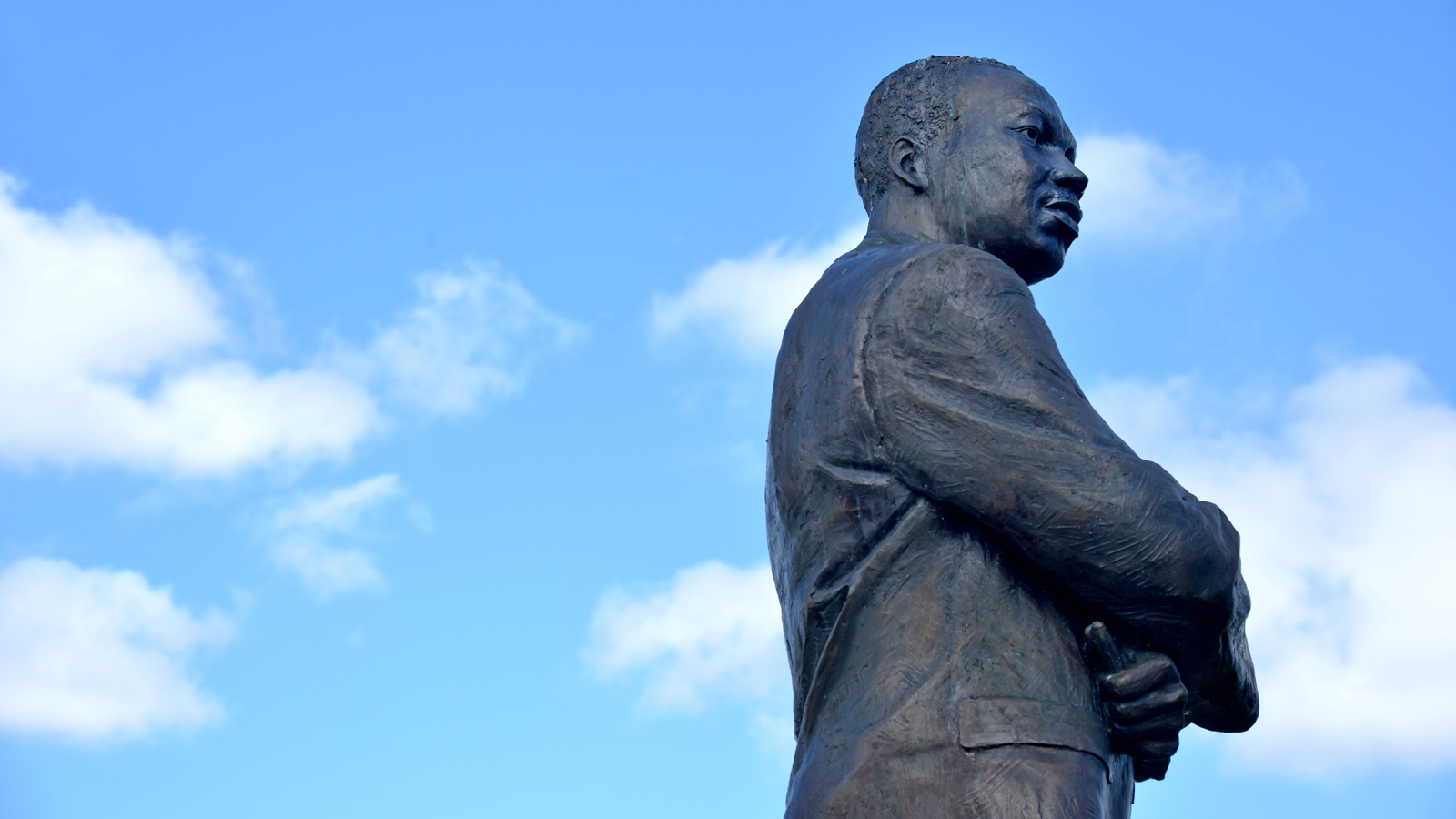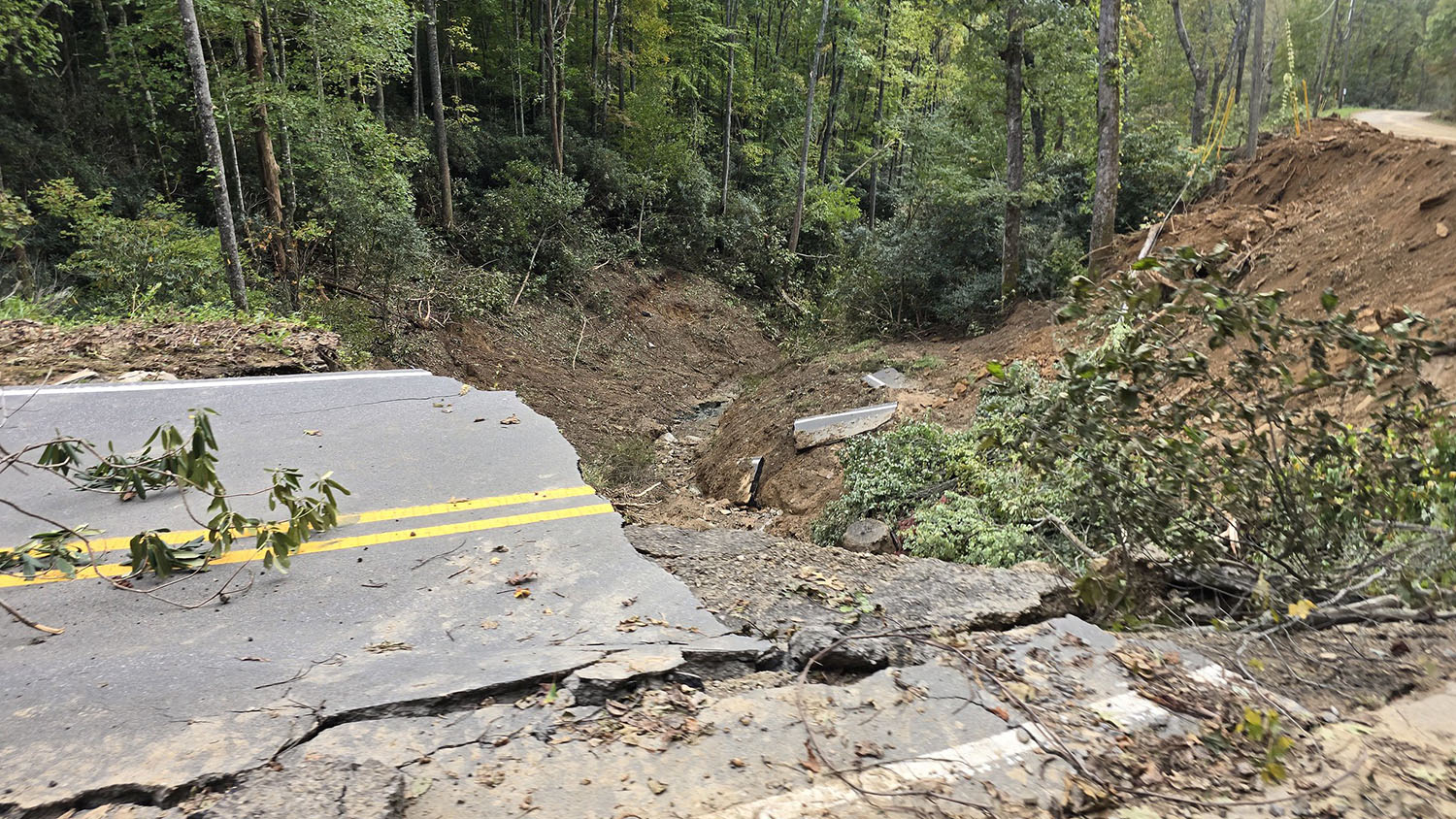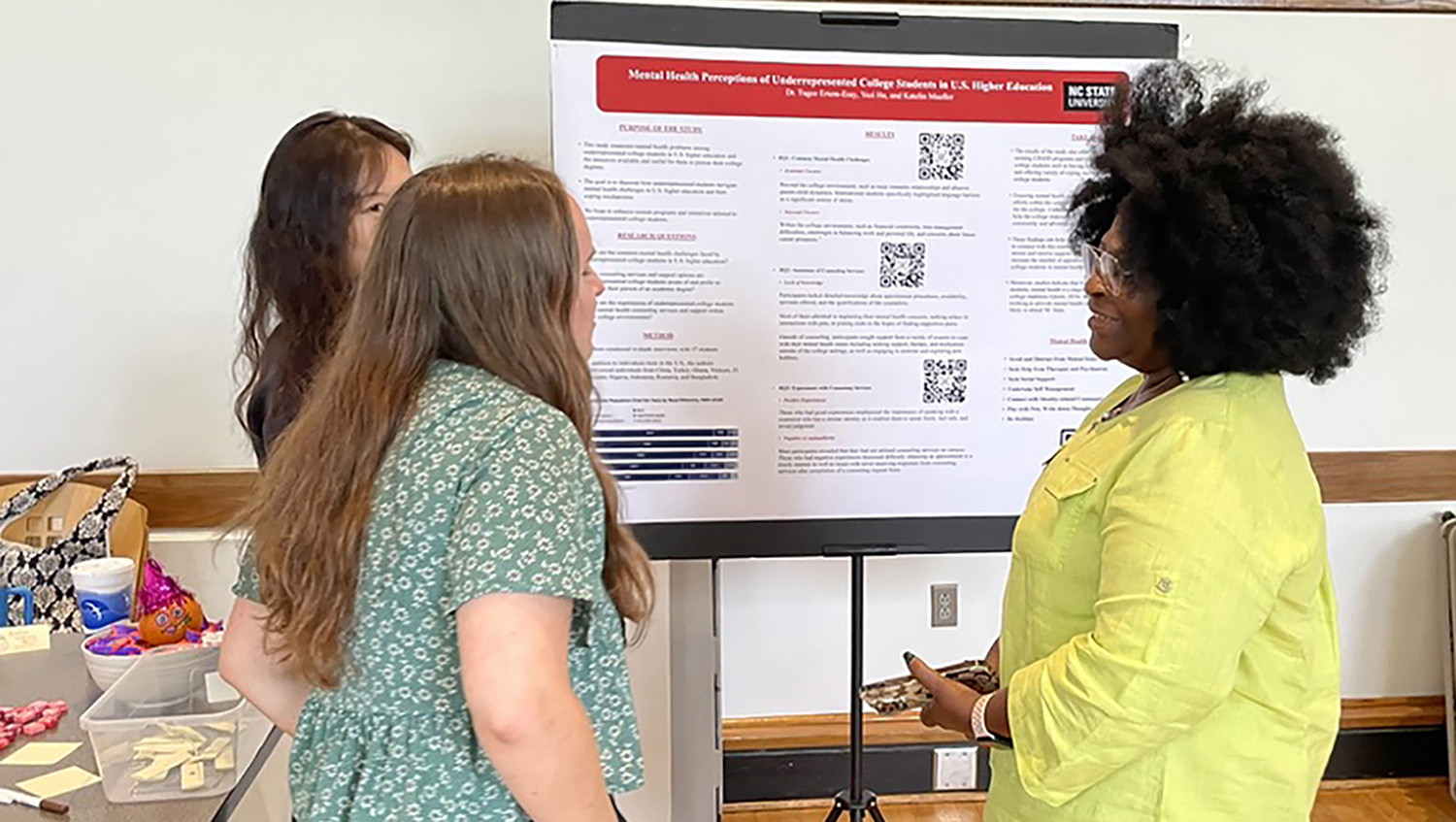Experiencing King from New Angles

Martin Luther King Jr.’s speeches help form the foundation of his legacy.
From “I have a dream” to “Fill up the jails,” his words are timeless. Echoing from old recordings and jumping off the page of the written record, King’s ideas and rhetoric pillared the civil rights movement, and they continue to inform and instruct leaders as they navigate current social challenges. They’re still used by teachers to educate students — still used by pastors to inspire congregations.
The world knows a lot about King. Now NC State digital humanities scholars are using technology to illuminate King’s words in new ways, transforming how the public and other scholars interact with his messages. Their work is providing unprecedented access to two of King’s lesser-known North Carolina public addresses, allowing the public to not only read or listen to the speeches, but experience them.
Origin of the Dream
One such project revolves around perhaps the most famous of King’s visions: the “dream.”
While often associated with the historic March on Washington in 1963, when King debuted the “I have a dream” speech for the world to hear, the development of his motif for a more just society can be traced back much earlier.

King actually first uttered the phrase and many themes tied to “I have a dream” during a public address at a high school gymnasium in Rocky Mount, North Carolina, on Nov. 27, 1962. English professor Jason Miller discovered a recording of the Rocky Mount speech while researching the genesis of King’s “dream” in recent years.
After restoring and analyzing the tape, Miller is launching a new website that lets users take a comprehensive look at the address and its unique place in history. Going live on Jan. 15, King’s birthday, the website kingsfirstdream.com includes the full refurbished recording, allowing listeners to hear details down to King rapping on the podium.
The audio showcases more than the minister’s first rendition of “I have a dream,” Miller said; it’s evidence of one of King’s most unique addresses ever.
“It’s the greatest hits of Martin Luther King Jr., all in one place,” Miller said of the 55-minute recording.
The website also houses a transcript with 89 interactive annotations that give context to King’s words. An historical overview adds depth, too, along with newly uncovered photographs and educational tools for teachers.
“There is a built-in apparatus for people to come to this website and learn something new about Dr. King; here’s a new way of looking at him,” Miller said. “We’ve seen more than anyone the younger generation really attracted to King’s messages and wanting to know more about them.”
Miller has pored over King’s speeches, sermons and writings for much of the past decade, looking for the source of his famous vision. His findings led to the 2015 book, Origins of the Dream: Hughes’s Poetry and King’s Rhetoric, which documents how King’s inspiration largely stemmed from another social activist: Harlem Renaissance poet Langston Hughes. In the book, Miller shows readers how King exchanged letters with the poet and also paraphrased and riffed on poems such as “I Dream a World” and “Harlem (Dream Deferred).”

One of the speeches Miller highlights in his book is the Rocky Mount address. Miller’s story of the event, the connection to Hughes and how King came to visit the town inspired local actors to re-enact the momentous occasion.
Last fall, members of the Rocky Mount Community Theater began performing Origin of the Dream, a production based on Miller’s research. The show, which includes singing and recitations of King’s speech and Hughes’ poetry, will eventually accompany a fixed historical exhibit in Rocky Mount, Miller said.
“To see this project take on such life, vibrancy and accessibility was really, really inspiring,” Miller said. “That was the world that King was inhabiting and that Hughes was inspiring, so seeing it come full circle is very appropriate and unique.”
Living History
Visitors to NC State’s James B. Hunt Jr. Library will soon be able to immerse themselves in another landmark address from King’s canon of sermons and speeches.
First delivered days after the start of the Greensboro sit-ins at Durham’s White Rock Baptist Church, King’s 1960 speech, “A Creative Protest,” marked the first time he called for direct nonviolent action. No recordings exist of the address, also known as the “Fill Up the Jails” speech. However, a team of researchers led by professor of communication Vicki Gallagher has created an experience that attempts to replicate the original event.
Combining archival photos with audio and video recordings from a staged re-creation of the speech, Gallagher’s team built an audio model and visual exhibition fit for Hunt Library’s Teaching and Visualization Lab.
“Visitors will be able to stand, sit, and move around in an architecturally accurate digital recreation of the old White Rock Baptist Church sanctuary,” said Gallagher, an expert on the rhetoric of civil rights leaders such as King, and on commemoration and commemorative sites. “They’ll be immersed in King’s speech, experiencing it just as a child in the church balcony or an elderly woman in the front row did, yet simultaneously situated in the current historical moment.”

The three-phase Virtual MLK Project started with staging a re-creation of King’s speech at the rebuilt White Rock Baptist. On June 8, 2014, a congregation of more than 250 people — including several members who witnessed the original speech — engaged in a call and response with voice actor Marvin Blanks as he delivered King’s words from the pulpit. Gallagher said the entire service was recorded on audio and video from multiple locations; the team also recorded Blanks in the studio, augmenting the live recording that includes the audience’s feedback.
Heavy media coverage of the re-creation event carried news of the vMLK project across the nation, as local outlets, the Associated Press and Slate all picked up the story. And since the project’s website launched in 2015, thousands of visitors have accessed audio and video recordings, an historical overview and curricula materials that are housed online.
The final phase of the project, currently under development, calls for a 270-degree digitally rendered visual model of the original White Rock Baptist Church. The model, which incorporates thoroughly researched audio and visual elements, will give viewers an opportunity to experience the speech from multiple perspectives, Gallagher said.

“The project will enact a story of this critical speech beyond the speech text, letting audiences learn what different receptions of the speech may occur, and the impact of these receptions on social and civic transformation,” Gallagher said.
When it’s complete in 2017, the fully rendered and fully integrated Virtual MLK model will have a built-in audience: the more than 1,000 NC State students who take public speaking courses each year. Other target audiences include communication and history scholars, church congregations and religious groups, North Carolina citizens and librarians.
Since its inception, the project has received funding and support from the North Carolina Humanities Council, the College of Humanities and Social Sciences Research Awards program, NC State’s Department of Communication and NCSU Libraries.
This August, Gallagher’s team plans to showcase portions of the experience during a weekend event highlighting several of NC State’s civil rights-related digital humanities projects, including Miller’s research, the kingsfirstdream.com website and a documentary he’s co-producing, Origin of the Dream.
- Categories:


